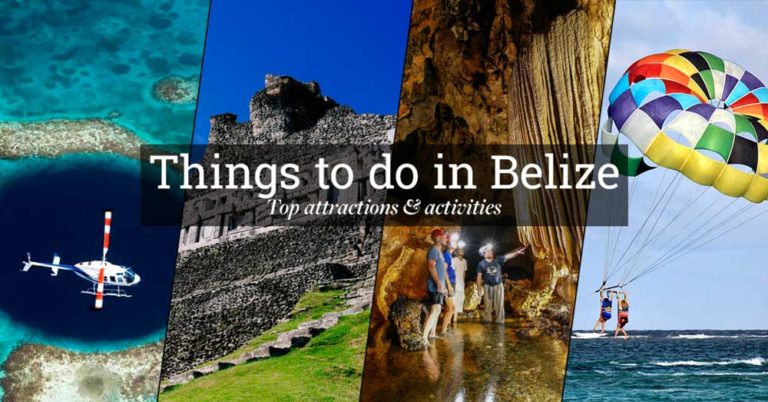Excellent Vietnam attractions and holiday tips and tricks? Surrounded by lush jungle-covered mountains, My Son is a ruined Cham era temple city that dates from the 4th century. This old Hindu religious center was still very much in use during the 7th to 10th centuries and only fell into complete decline and abandonment during the 13th century. There are around 20 temple structures still standing here, all built of brick or sandstone blocks and showing interesting influences from various Asian empires, including Indian and Malay. Note that the temples of Group B are the oldest, while Group A once contained the site’s most important monument but was destroyed deliberately by US forces during the Vietnam War. A good museum on-site houses plenty of information on the Cham. Access to My Son is from Hoi An. Discover extra information at https://khachsandanang.shop/vn/tour-ba-na-hill.html.
The Imperial Citadel of Thang Long is an intriguing relic of Vietnam’s history and, signifying its historical and cultural importance, is now a UNESCO World Heritage Site. Standing 40 metres high, the central flag tower is the most recognizable feature of the Imperial Citadel and is often used as a symbol of Hanoi. This was the centre of ancient Hanoi and served as the political centre for eight centuries. Located in Ba Dinh, the Imperial Citadel houses foundations of old palaces, relics, ancient roads, ponds and wells.
More than 1,600 years ago, the Chan people of Vietnam began construction on dozens of Hindu temples near the village of Duy Phú. Under the shadow of Cat’s Tooth Mountain, and surrounded by a green valley, several of these temples still stand. Known collectively as My Son, most of the temples are now ruins. However, that only adds to the atmosphere. Visiting My Son is like stepping back in time, thanks in part to its secluded location and the lack of touristy infrastructure.
While in Hoi An, be sure to visit My Son Cham towers, located southwest. Not only is this one of Vietnam’s most striking examples of its ancient Champa Kingdom and a World Heritage Site, but also one of Southeast Asia’s most important archaeological sites and a foremost Hindu temple complex. Set in a narrow wooded valley, surrounded by forested mountains, this evocative Cham temple sanctuary was once an important spiritual and political center and royal burial ground of the former Champa civilization, built between the 4th to the 14th centuries.
In northern Ninh Binh Province, Tràng An Scenic Landscape Complex is uniquely a World Heritage Site for both its nature and culture, spellbinding visitors with its spectacular landscapes of timeless waterways and jungle-covered limestone karsts and towering cliffs dramatically rising from jade-green valleys, along with ancient sites of great national significance. The big drawcard is taking a paddleboat through two main tourist attractions, in this watery wonderland, dubbed a ‘land-locked Halong Bay and ‘outdoor geological museum.’ At Tam Coc, enjoy a slow, languorous sampan ride along the tranquil Ngo Dong River, which merges with lush rice paddies surrounded by surreal limestone formations and gliding underneath three low-hanging grottoes. At Trang An, an equally impressive boat ride transports you along emerald-green waterways brimming with rich biodiversity overshadowed by stunning islets and a series of karst caves and caverns which the boat passes through. Off the boats, be sure to visit magnificent Bái Đính Pagoda, Vietnam’s largest Buddhist pagoda complex and the ancient capital of Hoa Lu, where two dynastic temples stand at the site of 10th and 11th-century citadel.
